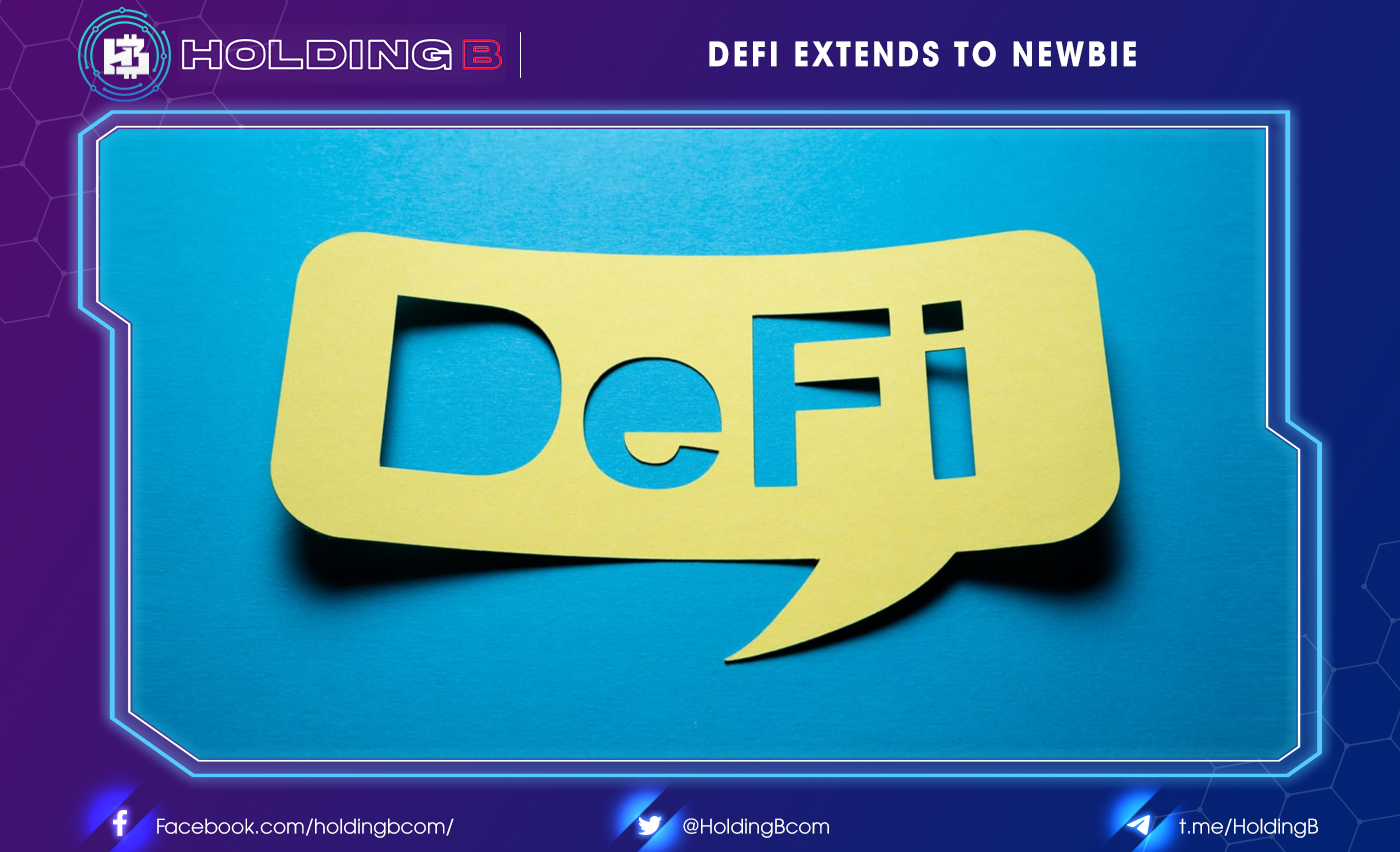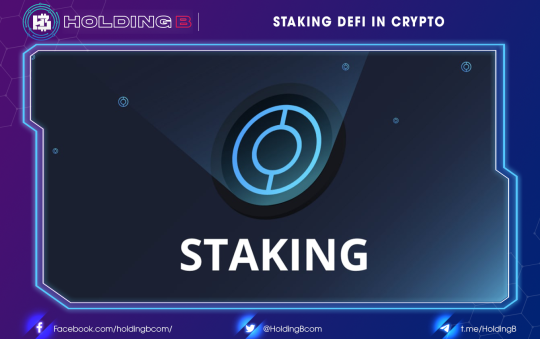What are the use cases of DeFi technology?

While there are many DeFi alternatives to traditional financial services, the use of this technology goes beyond lending and trading. Here are some use cases:
- Asset management: Depositing, buying, selling crypto, and lending at interest are some of the popular uses of DeFi.
- Asset Tokenization: helps enable institutions to dematerialize assets in the form of a law-compliant token through a decentralized blockchain that is digitally accessible to investors.
- Decentralized Autonomous Organizations (DAOs): Manage core financial operations such as assets and fundraising, as well as governance.
- Decentralized exchanges: These exchanges reduce the risk of market manipulation and provide a faster clearing process with lower exchange fees.
- Insurance: It provides auto insurance claims with a transparent and confidential audit.
- Peer-to-Peer (P2P) Borrowing and Lending: This uses self-governing interest-based protocols that allow two parties to borrow and lend assets for interest.
- Payment solutions: eliminate central authorities to provide a faster, more efficient, and transparent payment system for non-bankers.
- Savings: Flexible savings plans to earn compound interest in real time with no long-term commitment.
Key Indicators in DEFI
TVL (Total Locked Value)
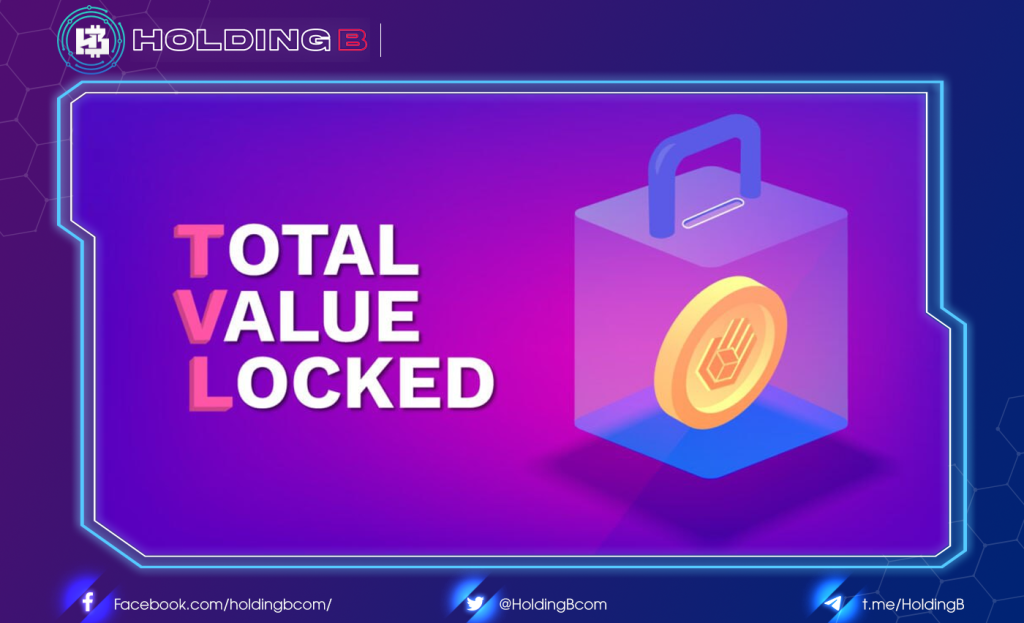
“Total locked value” means the total number of tokens in the DeFi protocol. The total value locked in a protocol can be measured in cryptocurrencies or USD
In the market, TVL is the total liquidity in the liquidity pool. TVL is often used in conjunction with market capitalization, which is calculated by multiplying the value of tokens by their price in USD.
As a general rule, the lower the TVL, the less valuable the DeFi project is. However, there are many things to consider beyond the TVL when making a decision.
Provide tokens for transactions
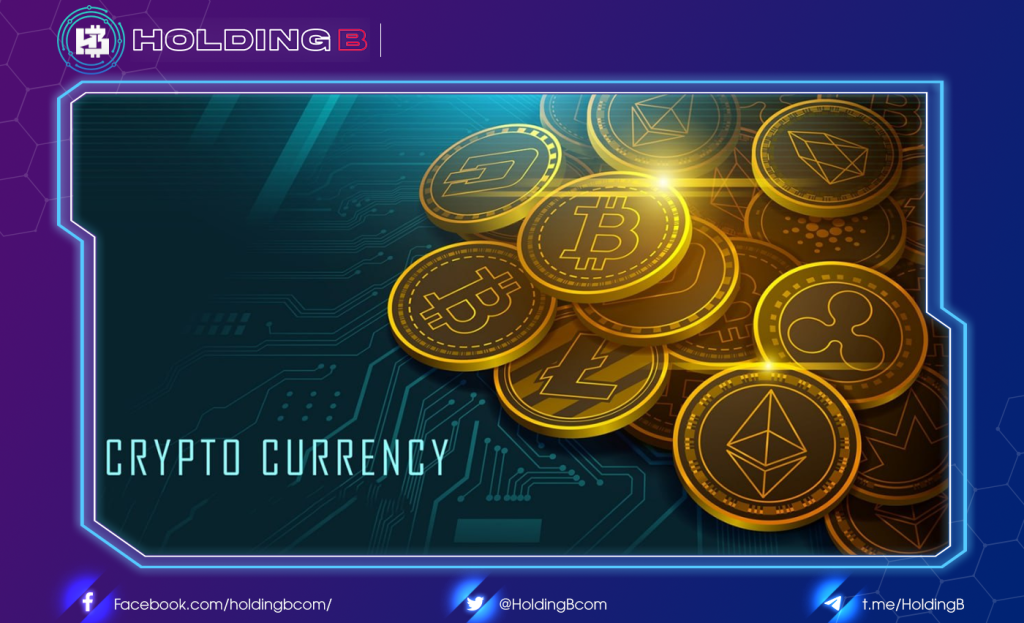
While DeFi aims to decentralize financial operations, you still need to check the token supply on centralized exchanges. If a large amount of the token is held at the exchange, it will lead to a significant sale in many cases.
As a result of such a sale, the token tends to destabilize. It is therefore imperative to look for these signs while doing due diligence on your cryptocurrency. However, things don’t always work out that way, and you also need to consider token supply and other DeFi metrics when making your decision.
Movement of the Trend/Token Balance
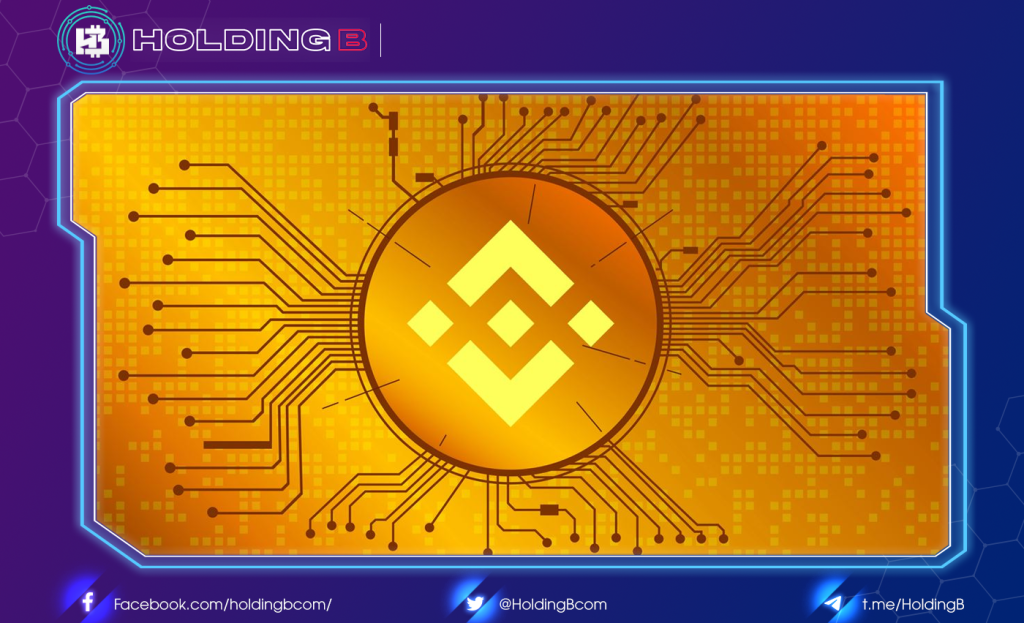
The token supply does not always indicate a large number of wallet withdrawals. You also have to consider the balance movements of the token on the exchange.
Remember that the feature of cryptocurrency trading is the transfer of tokens from a personal wallet to an exchange account and vice versa.
Only a significant or not particularly high movement will get you started when it comes to DeFi token decision making.
The rate of inflation

Most DeFi protocols have rules to ensure the token supply does not cause inflation, leading to the devaluation of DeFi tokens. However, this does not apply to every token.
While some projects don’t clearly explain the mechanics of maintaining a limited supply of tokens, others don’t even have any consistent information on the subject.
Therefore, when you are choosing a protocol, see if the token is susceptible to inflation. If the answer is yes, it’s best to stay away.
The evolution of unique addresses
If a large number of unique addresses are holding a particular token, it could mean that it is growing in popularity and is undergoing mass adoption. As an investor, you can use this as a yardstick to determine the relevance of an asset.
However, it is important to note that a single user can create multiple addresses, keeping their funds in separate accounts. That can give the wrong impression of a token’s being in widespread use.
Use caution when using this metric. It is best to use it in conjunction with other key performance indicators.
Ways to Invest in DeFi
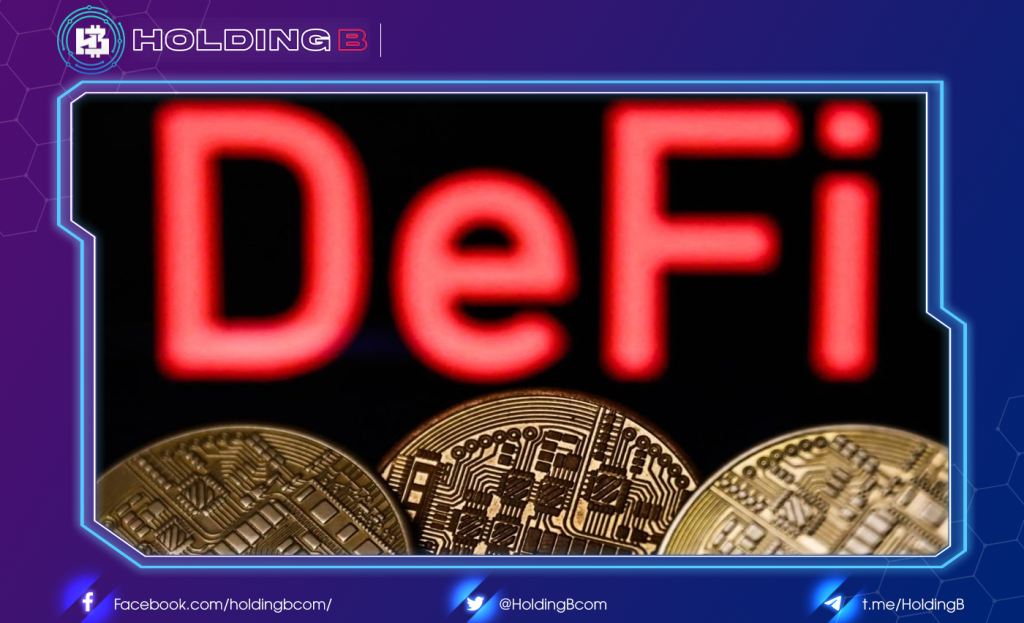
Today, there are thousands of cryptocurrencies available that have expanded into the DeFi market, saturating it and making it difficult for investors to distinguish between potentially lucrative projects and quick cash grabs.
That’s why you need to use key performance indicators to determine the value of a project. Once you understand the insights the indicators give you about the token, it’s time to learn how to invest in DeFi.
Asset trading
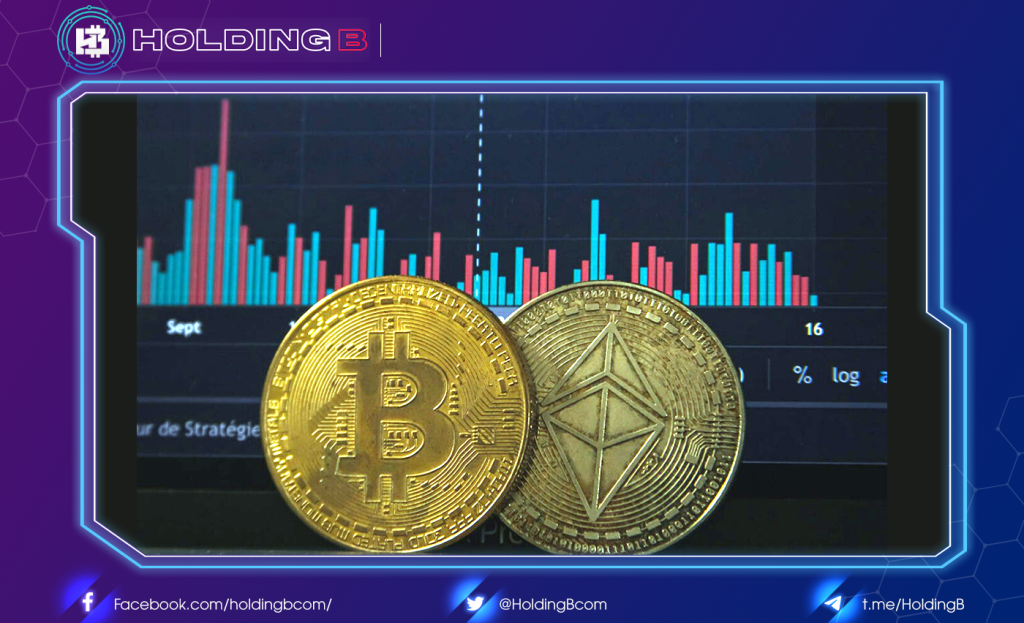
Possibly the most popular method of investing in DeFi is through token trading. The Ethereum blockchain has thousands of tokens. You can trade tokens on decentralized exchanges whenever you want.
This way, you don’t lose control of your assets. It’s like exchanging your fiat currency when you go to another country. The difference with crypto, however, is that the DeFi instance is always open. Due to the excellent technology available, there will always be someone to accept your transaction.
Lending

Lending allows borrowers to obtain cryptocurrency in a trusted and transparent manner without the intervention of an intermediary. Lenders can leverage their funds on a decentralized platform, and borrowers can then receive loans directly from them. This process is called peer-to-peer lending, as no third parties are involved in the process.
It differs from traditional lending in the following ways:
- No third parties are involved, and the process is completely transparent.
- Borrowers have easier access to crypto loans because they don’t have to pass a credit check or buy the paperwork.
- Since decentralized platforms have a censorship-free environment, there are no incentives that prevent borrowers from getting loans.
As a holder of the property, you can lend it to a borrower to collect interest on the loan. When a person takes out a loan, they need to over-collateralize (deposit) their assets for the loan they want through a smart contract.
When the contract ends, you will need to pay back the borrowed BTC and interest to get your collateral back. Everyone can be a lender in DeFi, and by lending your crypto assets you will get your money back after the lending period ends, along with interest.
The value of your cryptocurrency can increase or decrease in price over time as the market changes. On the other hand, if you use your cryptocurrency on an exchange, you can make a profit on it and enjoy a price increase if the market moves in that direction.
Here are some of the platforms you can use for DeFi lending:
Aave
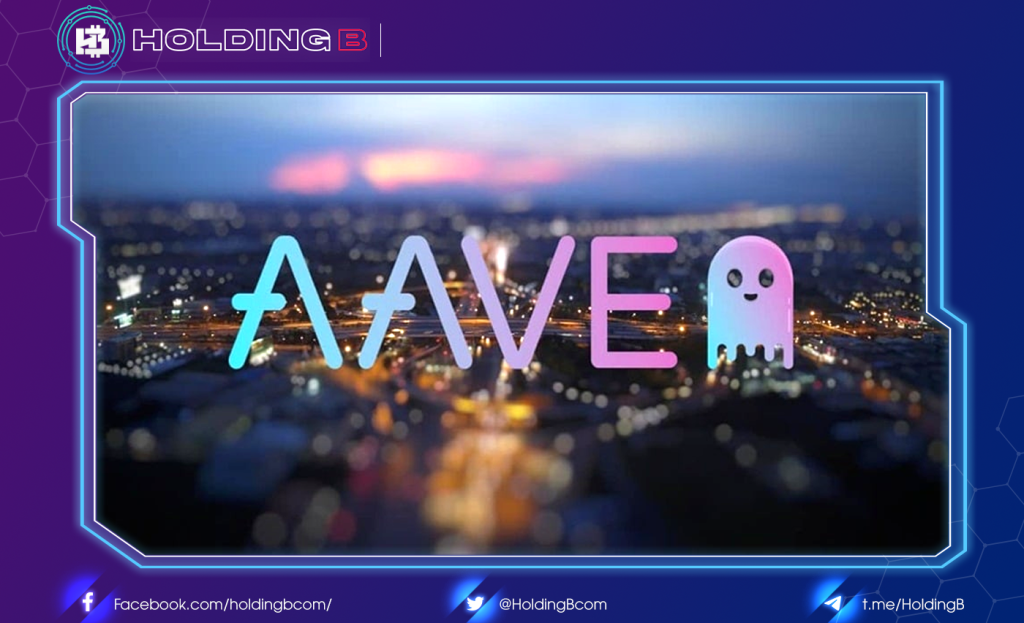
It is a non-industrial open source liquidity protocol built on top of the Ethereum network. The protocol uses a DAO governed by AAVE token holders who vote on changes. Aave has more than 20 ERC-20 assets, including DAI, USDT, and USDC, and it provides fast loans with which you can borrow crypto without collateral using a peer-to-peer lending mechanism. When users provide liquidity in the liquidity pool, the funds deposited in the protocol are available for lending.
So if you put Dai in the pool, you’ll get a Dai back.As a token holder (lender), you will earn interest on your aTokens while borrowers pay interest depending on how much they are borrowing.
Compound
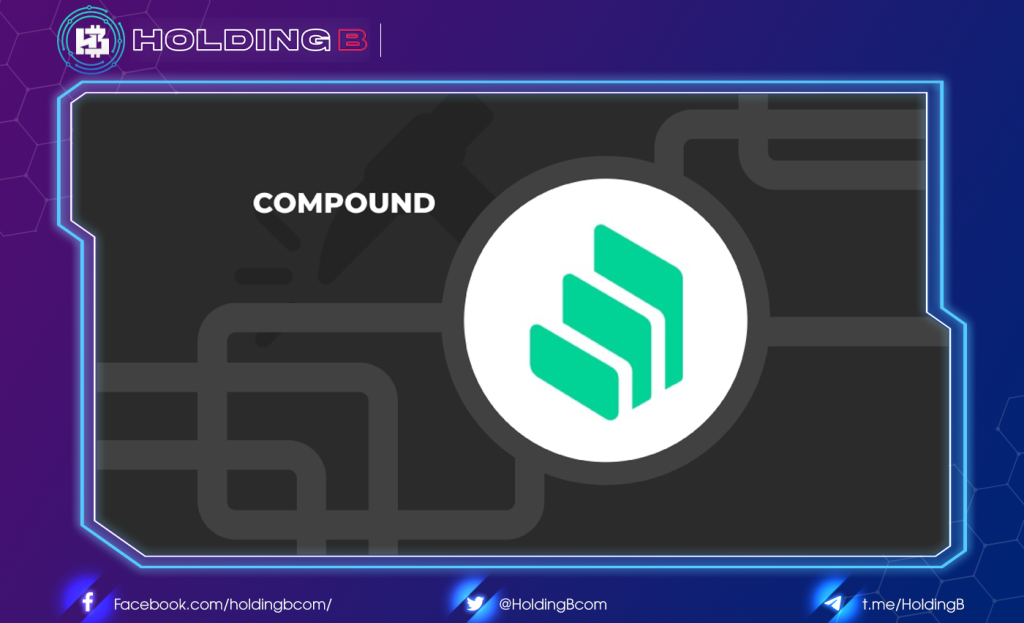
With Compound, it is an autonomous algorithmic protocol in which you can lend your tokens to borrowers, earning interest while being transferable, tradable, and used for other purposes. While loans can be repaid and locked assets can be withdrawn at any time,
The difference between compound and traditional finance is that it allows users to spend their hard-earned money while saving.
Yield Farming

This is a way for your existing crypto to generate more crypto. You lend money to other users through contracts and get a fee back for your service. Fees are in the form of cryptocurrency, so it increases your income.
In it, you are the liquidity provider, adding funds to the platform’s liquidity pool. In return, you will receive a reward, which comes from the fees that the DeFi platform collects from users. Productive people tend to use strategic tactics, moving their funds to different protocols to earn higher yields.
However, productivity also comes with risks. The most obvious risk is from smart contracts. Most protocols are developed by small teams who work with limited budgets. A more notable risk is that of composability, which is actually an advantage of DeFi as well. DeFi protocols can be integrated with each other. Therefore, the ecosystem relies on all the building blocks so that the protocols can work together. The risk here is that even if one building block fails, the entire ecosystem suffers. Thus, yield farming is considered suitable for advanced crypto professionals.
See ya in the next article !
Don’t forget to follow useful articles about Crypto Market from team Holding B !!!
- Telegram Channel: https://t.me/HoldingBcom
- Telegram Group: https://t.me/HoldingB
- Website: https://holdingb.com/
- Twitter: https://twitter.com/HoldingBcom
- Facebook: https://www.facebook.com/holdingbcom

